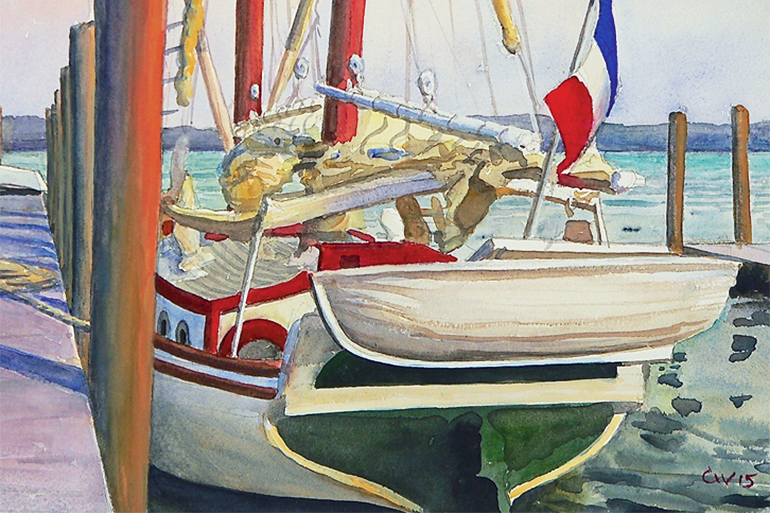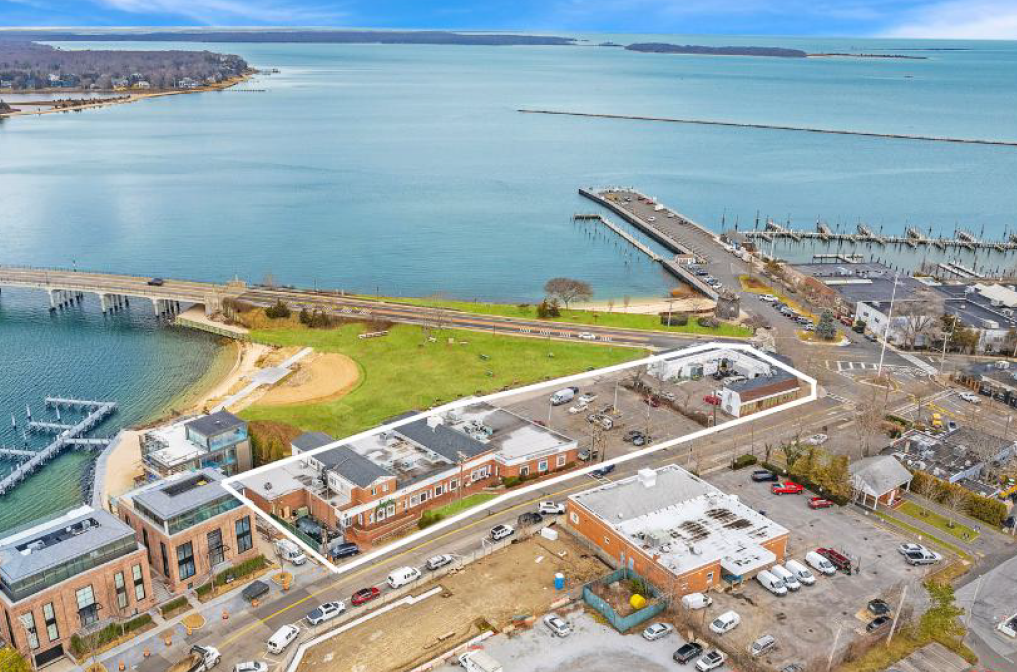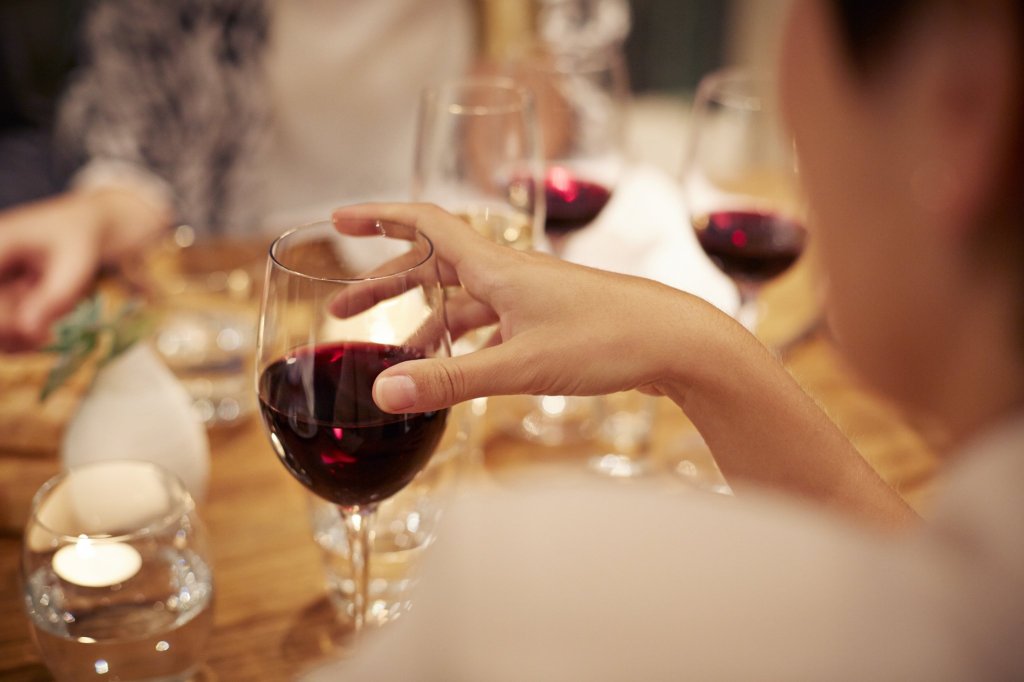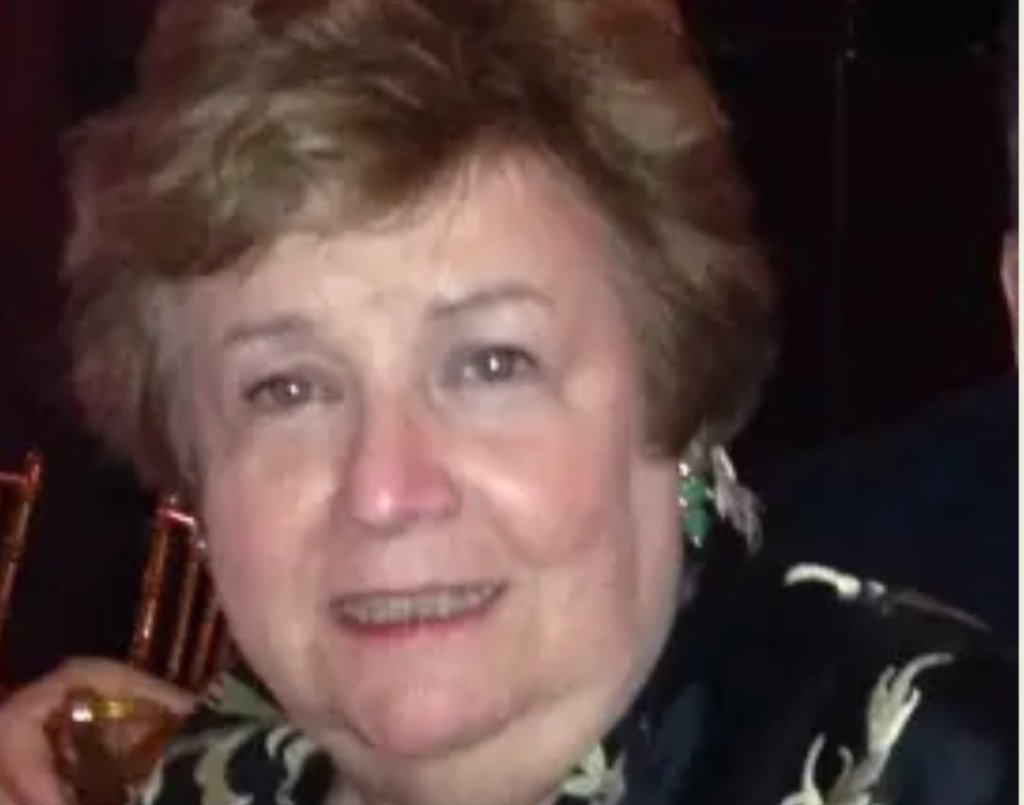Dan's Papers Cover Artist Christian White Paints Greenport Tall Ship

This week’s cover artist, Christian White, paints a majestic tall ship from Greenport. White comes from a long line of artists, including the iconic architect Stanford White.

WHAT WAS THE INSPIRATION FOR THIS PIECE?
The North Fork, and Greenport in particular, remind me of the farmland and harbors that surrounded me in my childhood in the ’50s and ’60s, because I grew up on the North Shore when it was still potato fields and cabbage farms. My father, sculptor Robert White, served in the Coast Guard during WWII on a windjammer, a sailing ship with no engine, in the storied Corsair Fleet—sometimes called The Hooligan’s Navy—hunting UBoats in the Atlantic, before he was recruited into the OSS. Sailing ships cannot be heard by a submarine’s sonar. He had spent much of his youth sailing on a big, beautiful sloop, with gaff rigging and a very wide transom, like the French schooner in this drawing, which happened to be named The Frenchman.
When my wife and I had been married for only a couple years, a childhood sweetheart of my mother’s lent us one of his boats, an absolutely gorgeous 85-foot, two-masted, gaff-rigged schooner named The Blue Lion, with a Skipper, First mate, and a beautiful young cook whose name was France. We sailed around the Mediterranean for two weeks, with two dear friends as guests—it had two stateroom suites!—and one day, my wife asked me why I looked so wistful. I remember saying, “We’ve only been married two years, and yet, I’m pretty sure our life will never get any better than this.” So when I arrived in Greenport very late that day, and only had time to paint one thing—I do not work from photographs—I naturally was drawn to this little French Schooner, out of nostalgia.
WHAT MAKES THE TALL SHIPS EVENT IN GREENPORT SO MEMORABLE?
After his time in the Corsair Fleet in WWII, my father thought of himself as a sailor from then on. His only weapon on that boat was a Navy Commando knife, like a Bowie knife, which he wore on a belt for the rest of his life, even where it was illegal, sometimes even when he was in a tuxedo. I have his armchair where he sat at dinner—it’s riddled with holes from the tip of that knife. And he was obsessed with full-rigged ships. He used to quote John Masefield’s poem: “I must go down to the sea again, to the lonely sea and the sky, and all I ask is a tall ship and a star to steer her by.” He was a real romantic, and belonged in another century, like me. I remember the first Tall Ships event in New York Harbor, but I think they look more at home in Greenport. They are more accessible, and the scale and nature of Greenport Harbor is much more evocative of their period.
DESCRIBE YOUR ARTISTIC PROCESS.
I do so many different things, and work in so many mediums—describing my process is difficult. I would say that I try to find something fresh and new in subjects that may not seem new. That is, rather than trying to surprise my audience with the subject, I try to surprise them with what they don’t otherwise see in the world around them. People often tell me that they were somewhere and it suddenly looked like a Christian White painting. So that means I get to change the way they see.
It took much of my life to feel that I could do that with watercolors, a subtractive medium that can require a very deliberate technique and counter-intuitive thought process. I have spent my lifetime learning many traditional skills, always with the aim of gaining the freedom to innovate. Watercolor was one of the most difficult, but if I really told you my watercolor process, I would have to kill you. Trade secrets, you know.
WHAT WAS IT LIKE GROWING UP IN A FAMILY OF ARTISTS?
I would say mainly that it normalized the idea of being an artist. Probably more important, though, is that I got an education that almost nobody gets. I grew up watching my father carve wood, sculpt in direct plaster, and model in clay—all things that became second nature to me by the time I was a teenager. At the same time he gave me the lessons in machining, woodworking and tooling that he had learned as a child in Bavaria.
He was a truly great life-drawing teacher and took me with him to his classes at Stony Brook University starting around age 10. I am currently curating a show of Robert White drawings and studies at Gallery North in Setauket, opening May 31.
By the time I was 15, I had studied stained glass painting with my grandfather; mosaic with my aunt; welding and casting with Shinkichi Tajiri, a family friend, all this in Holland; oil painting for three years privately; ballet with my mother; music with my uncle, who was then teaching in the SBU music department; nearly all forms of printmaking—and then I went to Liceo Artistico at Fine Arts High School in Rome, where I studied architecture, Albertian perspective and egg tempera technique. By the time I went to RISD I already had all that under my belt. I get a little angry when people tell me I was lucky to inherit artistic genes—nothing could be farther from the truth: I was lucky to get the education.
People who think what I do is just a gift bestowed by God don’t understand the hard work and endless learning that were required to be able to do it. Of course, the other great part about growing up in my family…the people they knew. If anything is more important to an artist than education, it’s being constantly surrounded by great creative personalities. Aldous Huxley, Peter Matthiessen, William Styron, Leonard Bernstein, Fairfield Porter, Jane Freilicher, David Levine, Paul Georges, Paul Resika, Tino Nivola and countless other great artists and writers were a constant presence in our lives.
YOU ARE THE GREAT-GRANDSON OF STANFORD WHITE. WHAT DOES HIS LEGACY MEAN TO YOU?
While I was growing up, my great-grandfather seemed to have little influence on my life. We were born exactly a hundred years apart and he was murdered in 1906. My father, and especially my mother’s whole family, were my main influences, along with their friends and contemporary artists, and it was the ’50s, ’60s and ’70s; no one talked about Beaux-Arts Architecture. But my son just graduated from Columbia’s Graduate Architecture School, which houses all of McKim, Mead and White’s drawings, letters and records. My family donated them all to the Avery Library there, and I have come to appreciate much more the ways in which Architecture shapes and influences the tenor and flavor of our daily lives.
I live and work in a building designed by Stannie, and have undertaken the restoration of four buildings that he designed on our family estate. Also—there may have been a lingering, pervasive influence in my life of the Aesthetic Movement, which I think influenced Stanford White, as well. He was a great draughtsman and painter, who never went to Architecture School, and he was deeply involved with Augustus Saint-Gaudens, John Singer Sargent, John La Farge, William Merritt Chase, Fred MacMonnies, Abbot Thayer—people like that. Many of these people believed in art for art’s sake, that something beautiful improved one’s life on its own, and that art does not need to enforce public morality or advance a political cause. I’m kind of on that side; not that I think that art shouldn’t be used as a political tool, just that it doesn’t have to be.
HOW HAS LIVING ON LONG ISLAND INFORMED YOUR WORK?
Oddly, when I was young, my cultural life, mostly connected to my family, seemed to be isolated from my actual community. I went to Smithtown Central High School, hardly a hotbed of fine arts and culture at the time. My contacts with artists were centered mostly in Manhattan, Southampton, the Netherlands and of course, Rome. I was also not really interested in the landscape as a subject, being much more committed to the figure and still life. Also I dislike the color green. Contrary to what most people think, landscape is very hard to handle well, and especially hard to be innovative with. I was much more comfortable painting Rome, or Providence. Cities have structure that is easy to arrange into compositional ideas.
But one day I was walking on a peninsula, which is now a tern sanctuary, called Nissequogue Point, with my then-girlfriend, and realized that I had a deep emotional attachment to the shoreline, the weather, the dunes, the sea and the sky, and that location was so sparely marked with plant life, like the desert almost, that maybe I could find a way to arrange the elements in a way that was modern – abstract in nature, in other words – and still carry an emotional meaning to me and, perhaps, others. The result was a decades-long series titled “For the Least Tern” after the little, swallow-tailed gull that was being protected there. And now many people think of me as a landscape painter.
YOU HAVE WORN MANY CAREER “HATS” OVER THE YEARS. WHAT KEEPS BRINGING YOU BACK TO ART?
In keeping with current trends in the art world, I am increasingly unwilling to draw lines between disciplines. I consider everything I have done in my life to be art, including my time spent as an educator. I was a very gifted athlete, undefeated sprinter in the 200 and 4×100 relay, though we measured in yards in those day, and defensive captain in football, but I ended up involved in gymnastics because I thought it was the most artistic of sports, and one that involved solo performance, and thus a form of dance. That attitude served me well as an acrobatic dancer with the Metropolitan Opera. The biggest project of my career – five years! – was a collaboration with Geometers and Physicists (The ICONIC WALL, at Stony Brook University’s Simons Center for Geometry and Physics). Stanford White collaborated with Nicola Tesla and Mark Twain at the same time!
One of my current heroes is the great South African artist William Kentridge. I recently saw his theatrical/concert/sculpture/animation/art project at the Park Avenue Armory, The Head and the Load: INDESCRIBABLE!
I have been trying to start a center for interdisciplinary arts here at Box Hill partly because, naturally, at this stage of my life, I would love to draw all these threads of my career together in some way.
Christian White’s work can be seen in Face to Face at the Long Island Museum in Stony Brook from June 14–September 30. For more on White, visit christianwhitestudio.com.




